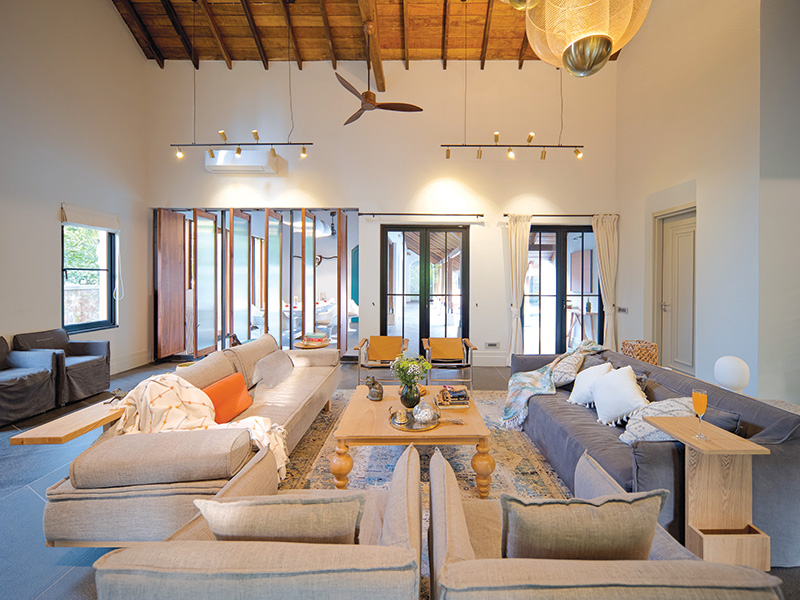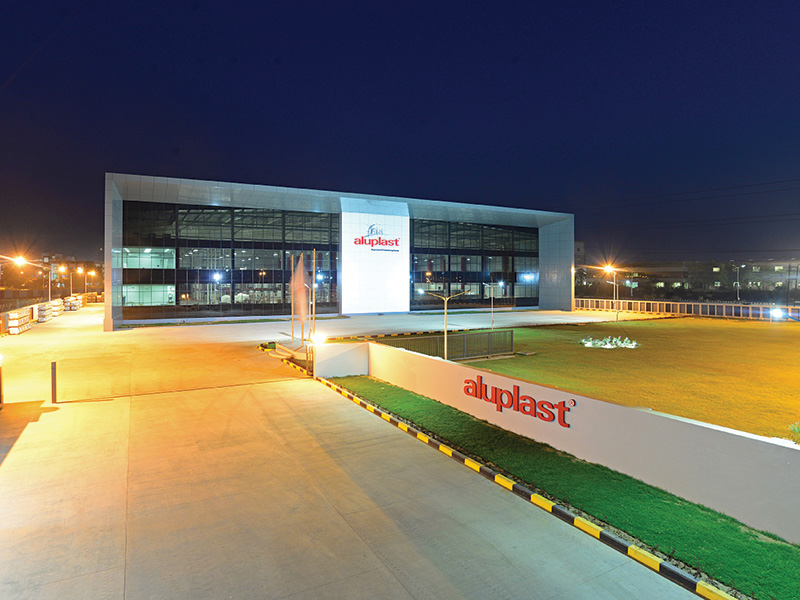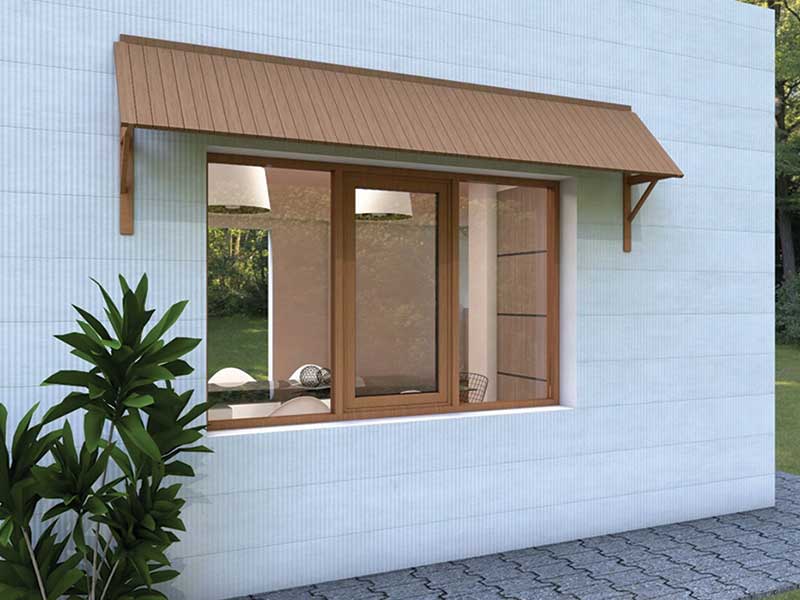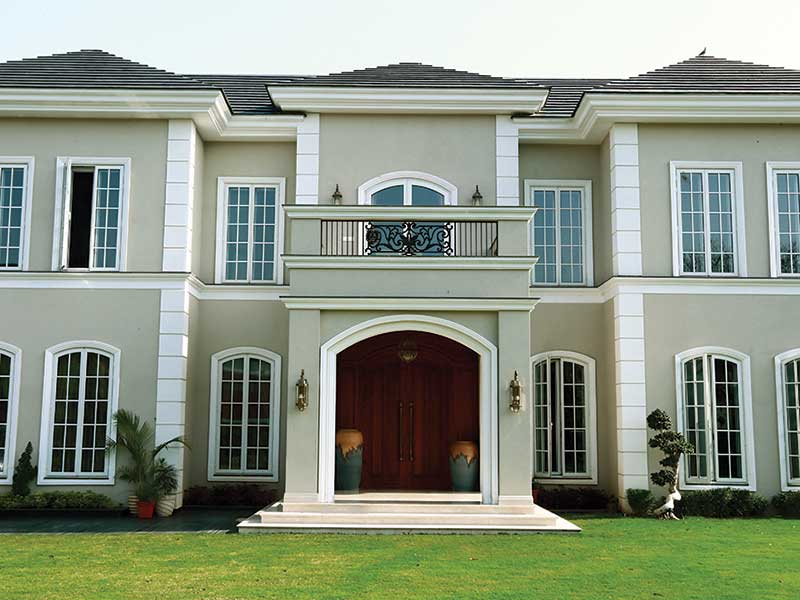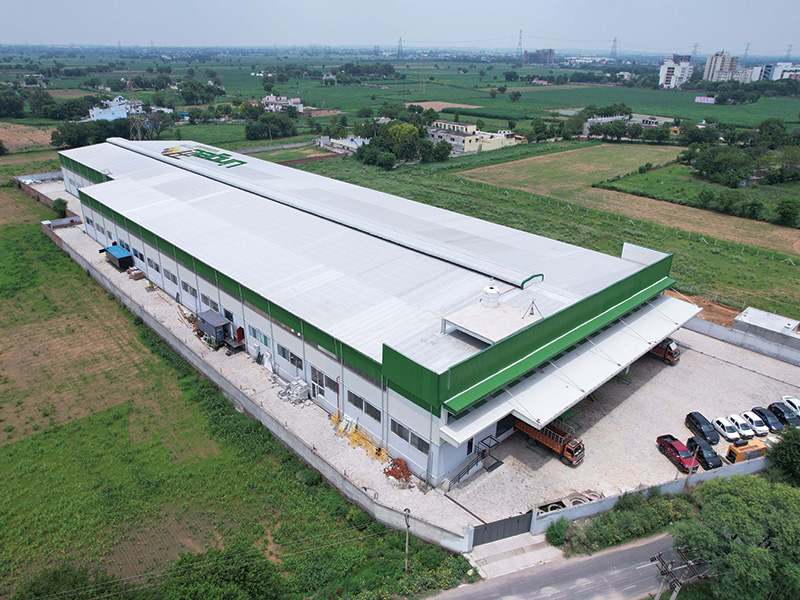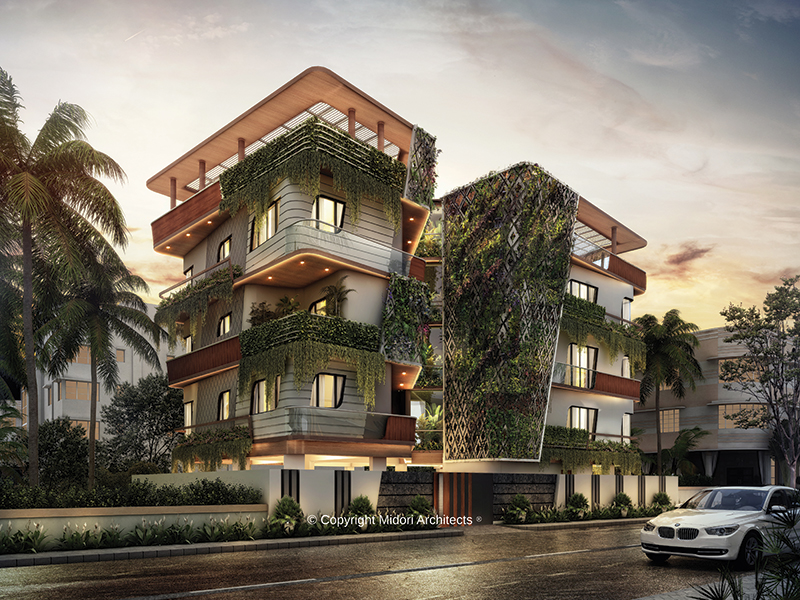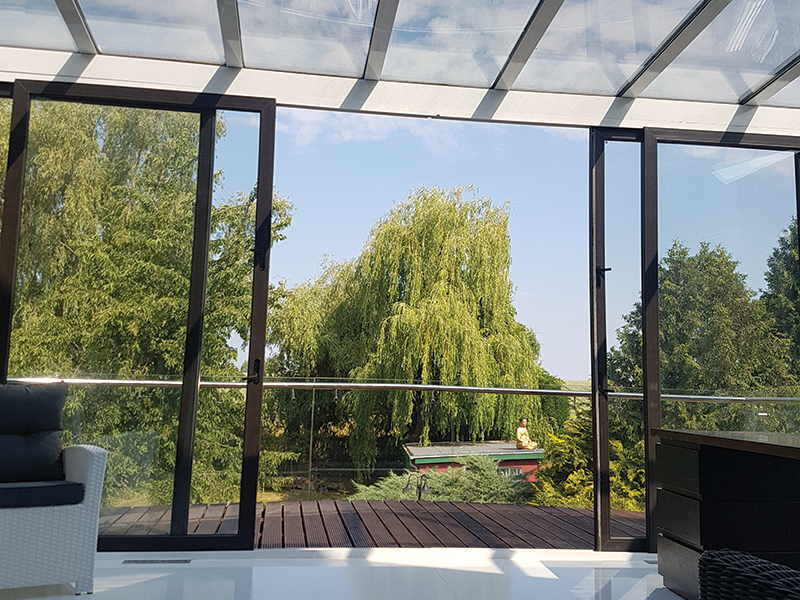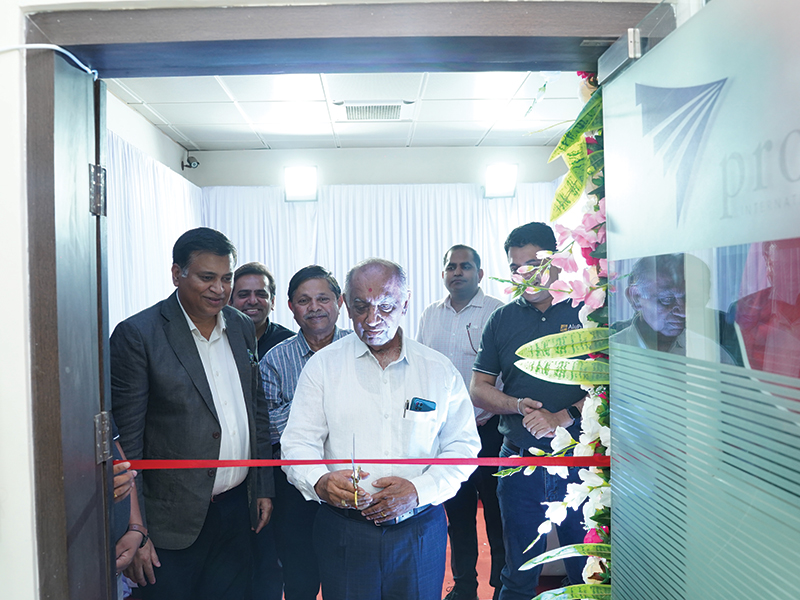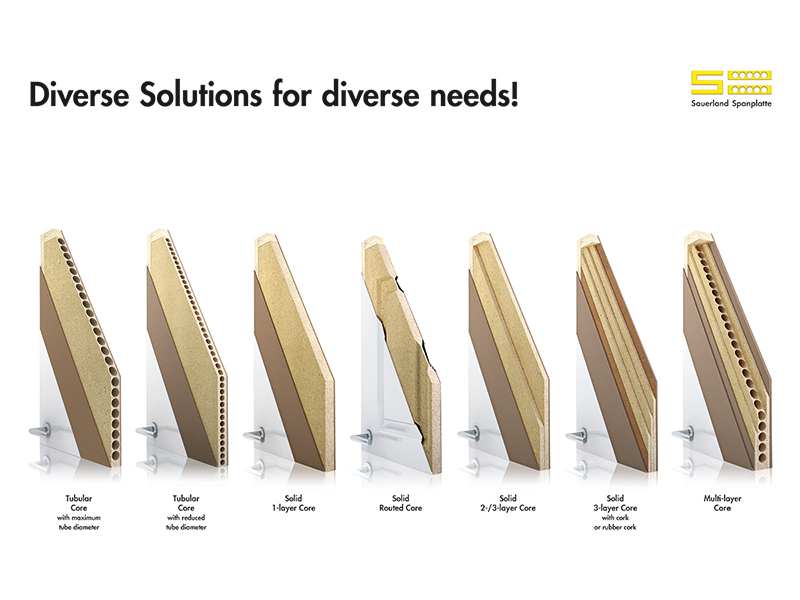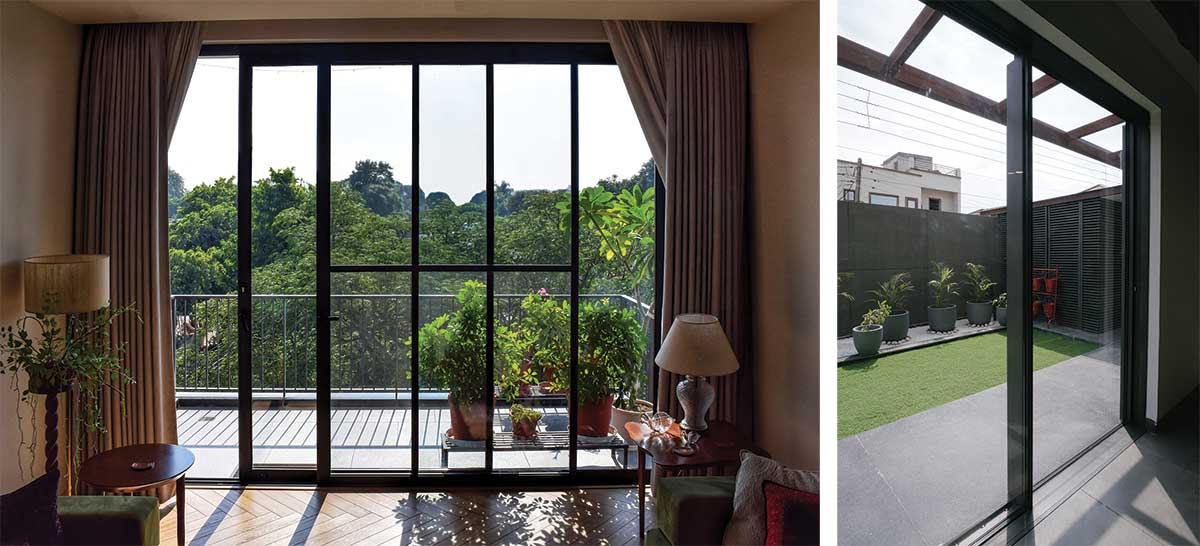
With climate change on the rise, green fenestration and facade solutions are driving sustainable development. In fact, fenestration is an essential element of façade design, which serves both performance and aesthetic purposes. The building envelope, especially the choice of fenestration systems, impacts building energy use through thermal heat transfer, solar heat gain, visible transmittance, and air leakage.
Improvements in fenestration systems such as thermally broken frames, insulating glass units, triple-pane glass, electrochromic and thermochromic glass, and double-glazed wall systems, contribute to the energy efficiency of the facade.
Technological advancements have made it feasible to manipulate the proportion of transmittance, reflectance, and absorption of heat for different wavelengths. Much of the recent innovations in glass for fenestration products have focused on controlling solar radiation to improve energy performance. Use of low-e coatings, thin films, and triple-pane glass reduce the amount of solar radiation transmitted inside the room, which significantly lowers the load on mechanical forms of cooling.
When building or renovating a home, high-performance doors and windows can impact both the design and thermal performance of the property; this is because there is a significant correlation between a building’s fenestration system and its energy efficiency
Nitin Mehta
Creative use of these glazing options combined with inventive planning of interior spaces, can help integrate natural light and further limit the use of lighting devices. Besides reducing energy consumption, other advantages of installing energy-efficient doors and windows are greater durability, minimal condensation, increased indoor comfort and air quality, and reduced operating costs.
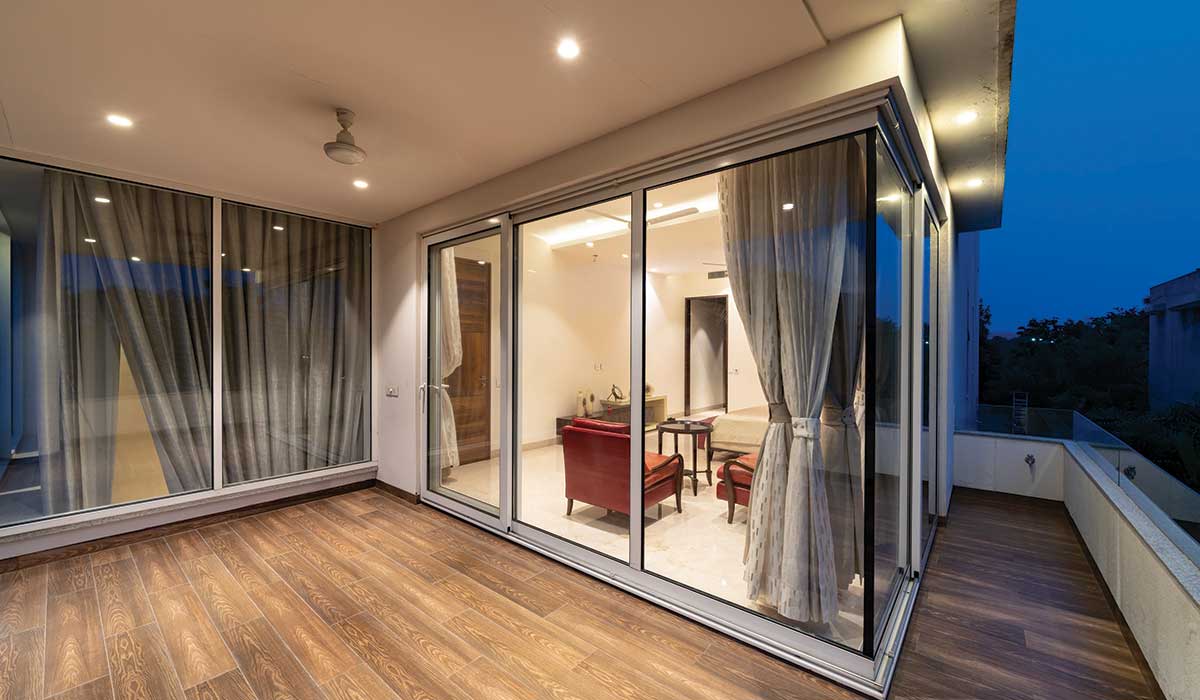
In the initial days of planning, it is essential to do a brief study of the location’s climate to understand how the orientation and positioning of the facade will affect the interiors of the house. Optimising light and ventilation into the house will reduce energy consumption and cost. For an efficient and sustainable façade, it is advisable to adopt a climate-specific design strategy. In cold climates, where space-heating costs run high, one must opt for products with a low U-factor to keep heat loss to a minimum. Fenestrations with high SHGCs (Solar Heat Gain Coefficient) are preferred in cold climates to utilize the solar heat. In warm temperatures, products with low SHGCs reduce solar ingress. Windows with low-e coatings and spectrally selective coatings are effective in lowering the heat gain and have shown a significant reduction in energy consumption required for cooling the building.
Fenestrations can easily be enabled to be energy-efficient with areas covering the U-value of the glazing to protect the building from heat transfer, the solar heat gain coefficient to boost energy performance, and visible light transmission that calibrates the amount of light entering a building. These three factors can significantly enhance the comfort, energy performance, and live-ability of the building.


